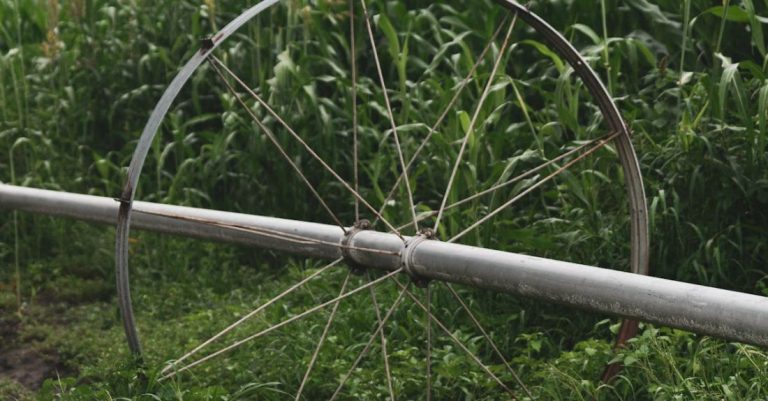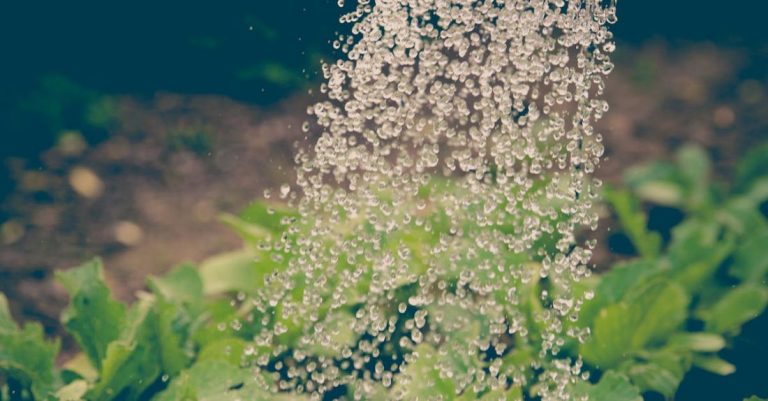
Deep watering is a crucial aspect of maintaining healthy and thriving plants, especially during hot and dry periods. Many gardeners often overlook the importance of proper watering techniques, leading to shallow root systems and stressed plants. In this article, we will explore the best practices for deep watering to ensure your plants receive the moisture they need to flourish.
Understanding Deep Watering
Deep watering involves providing a sufficient amount of water to penetrate deep into the soil, reaching the roots of plants. This technique encourages plants to develop strong and robust root systems that can access water and nutrients more effectively. Unlike shallow watering, which only wets the top layer of soil, deep watering promotes deeper root growth, making plants more resilient to drought conditions.
Selecting the Right Time
To maximize the effectiveness of deep watering, it is essential to choose the right time to water your plants. Watering early in the morning is ideal as it allows the moisture to penetrate the soil before the heat of the day causes evaporation. Watering in the evening is also suitable, but it can increase the risk of fungal diseases due to prolonged moisture on plant leaves. Avoid watering during the hottest part of the day, as the water may evaporate quickly, leaving the soil dry.
Choosing the Correct Method
There are several methods you can use to deep water your plants effectively. Drip irrigation systems are a popular choice as they deliver water directly to the base of plants, minimizing water wastage. Soaker hoses are another excellent option, as they release water slowly and evenly along the length of the hose, ensuring deep penetration into the soil. Hand watering with a hose or watering can is also effective, as long as you water deeply and evenly to reach the plant’s roots.
Monitoring Moisture Levels
To determine when your plants need water, it is crucial to monitor the moisture levels in the soil. One way to do this is by inserting a finger into the soil near the plant. If the soil feels dry to a depth of a few inches, it is time to water. You can also use a moisture meter to accurately measure the moisture content of the soil and determine if watering is necessary. By regularly checking the soil moisture levels, you can prevent both underwatering and overwatering, ensuring optimal growing conditions for your plants.
Watering Frequency
The frequency of deep watering will depend on various factors, including the type of plant, weather conditions, and soil type. In general, it is better to water deeply and less frequently than to water shallowly and often. Deep watering encourages plants to develop deep root systems that can access water stored in the lower layers of soil. However, it is essential to adjust your watering schedule based on the specific needs of your plants and the prevailing weather conditions.
Mulching
Mulching is a beneficial practice that can help retain soil moisture and reduce water evaporation. Applying a layer of organic mulch, such as wood chips, straw, or compost, around your plants can help regulate soil temperature, suppress weeds, and conserve moisture. Mulching also improves soil structure over time as the organic matter decomposes, providing a nutrient-rich environment for plant roots to thrive. Remember to leave a small gap between the mulch and the plant stem to prevent rot and disease.
Deep Watering for Healthy Plants
Deep watering is a simple yet effective technique that can significantly benefit your plants’ overall health and vitality. By understanding the importance of deep watering, choosing the right time and method, monitoring soil moisture levels, adjusting watering frequency, and incorporating mulching into your gardening routine, you can ensure your plants receive the moisture they need to thrive. Incorporating these best practices for deep watering will help you create a lush and vibrant garden that will be the envy of your neighbors.





